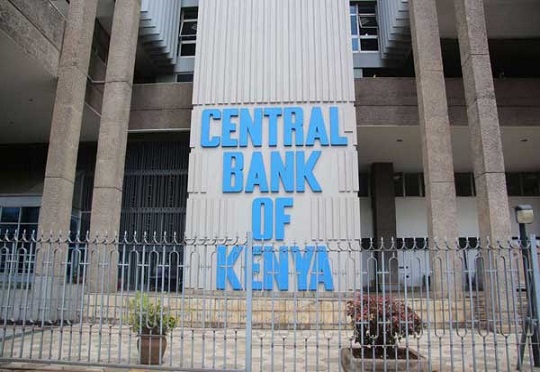Banks
Small Banks Hit by Liquidity Plight Turn to CBK for Rescue

Dozens of small banks have found themselves in a funding crunch as interest rates have risen sharply, affecting the cost of money in the interbank market.
Tier three banks are increasingly turning to the Central Bank of Kenya (CBK) for financial assistance through mechanisms such as reverse repurchase agreements (reverse repos), term auction deposits, and the CBK discount window.
The tools are part of the CBK’s open market operations, which aim to either infuse or remove liquidity from the money markets.
According to CBK data, funding conditions in the money markets have dried up in recent weeks due to growing government/tax payments, with banks, for instance, failing to fulfill their cash reserve requirement ratio (CRR) of 4.25 percent over the previous three weeks to August 3.
Last week, commercial banks’ reserves fell short of the CRR threshold by Sh4.7 billion, marking the third consecutive week of lower liquidity in the banking sector/money market.
Simultaneously, banks have been raising lending rates among themselves, with the interbank lending rate, which had already reached a more than eight-year high, rising to 17.38 percent on Thursday last week.
The decline in total deposits held by the industry at the CBK has been deemed temporary, notwithstanding a recent surge in tax and dividend payments by financial institutions.
According to the Kenya Bankers Association (KBA), the tighter funding restrictions have had a greater impact on small banks, which typically struggle to secure finance from larger institutions due to perceived risks.
“Overall, liquidity in the banking sector is one of the industry’s strongest points and is one of the pillars of resilience we pride ourselves on. However, we may have some pockets of banks with some liquidity constraints which implies an issue in the distribution of liquidity rather than a question on the overall liquidity in banks,” KBA CEO Habil Olaka told one local daily.
As most interbank lending is uncollateralized, smaller banks have been unable to borrow cash from within the sector, resulting in a financing shortage.
The CBK, according to the KBA, has intervened by enabling horizontal trading of buyback agreements within the industry.
Repurchase agreements often involve banks giving over securities, primarily Treasury bills, as security to other banks (horizontal) or the CBK (vertical) in order to gain access to money.
“The interbank lending market is usually segmented where there is an unwillingness by some banks to trade liquidity with banks in a different segment. Large banks with liquidity will for instance not trade with smaller ones. The CBK has recently facilitated horizontal repo trading which will facilitate the redistribution of liquidity across the sector,” Mr Olaka added.
Banks unable to access the interbank market have turned to the CBK, the lender of last resort, to meet their financial needs.
For instance, the CBK disbursed Sh2 billion to an unnamed bank in an overnight facility on Thursday to support the institution’s funding at a rate of 16.5 percent.
Banks have borrowed Sh9.5 billion from the CBK overnight lending facility in the last two weeks at a cost of Sh4.3 million.
Interbank lending rates, as well as rates on other interest-bearing assets like bank loans and government securities, have risen in response to the CBK’s tightening of monetary policy.
Analysts anticipate that smaller lenders will continue to navigate tighter funding circumstances, especially access, in the increasing interest rate environment.
“I think the current rate environment is poised to cause a systemic liquidity squeeze, especially for small-peer commercial banks with hitherto low liquidity ratios,” noted Ronny Chokaa, a research analyst at Genghis Capital.
However, a source close to the banking sector has stated that stricter funding conditions may have played a role in the recent transfer of government securities trading into the new DhowCSD platform, which resulted in a temporary halt in securities rollover.
The halt is thought to have temporarily slowed the repo market by restricting the use of Treasury securities as collateral in lending, forcing players to rely on the interbank market for liquidity, resulting in higher demand.
The banking sector is generally well capitalised, as assessed by capital and liquidity adequacy ratios.
“The banking sector remains stable and resilient, with strong liquidity and capital adequacy ratios,” the CBK stated in June.
Banking capital and reserves increased by 2.7 percent in 2022, to Sh917.6 billion from Sh893.7 billion.
The improved metrics were due to significant capital infusions from commercial banks as well as retained earnings from profits earned during the year.
During the year, the CBK licensed 39 banks, with nine classified as large, eight as medium, and the majority of 22 classified as minor or Tier III.








